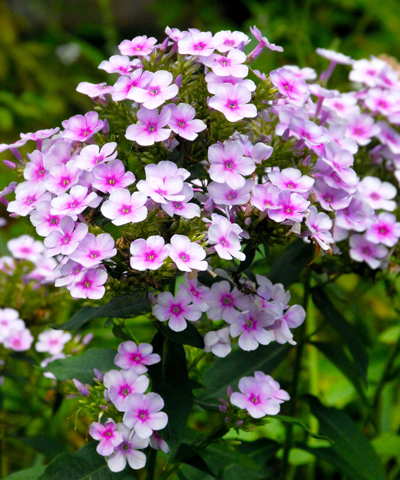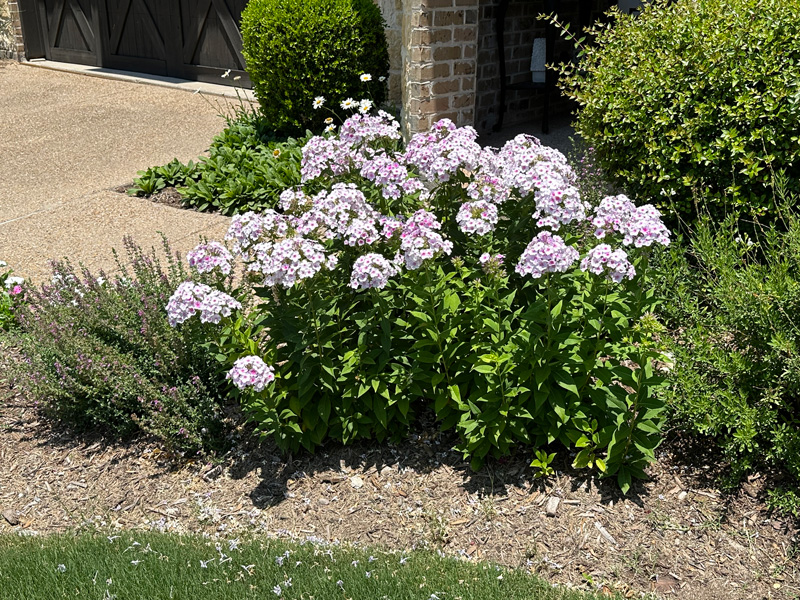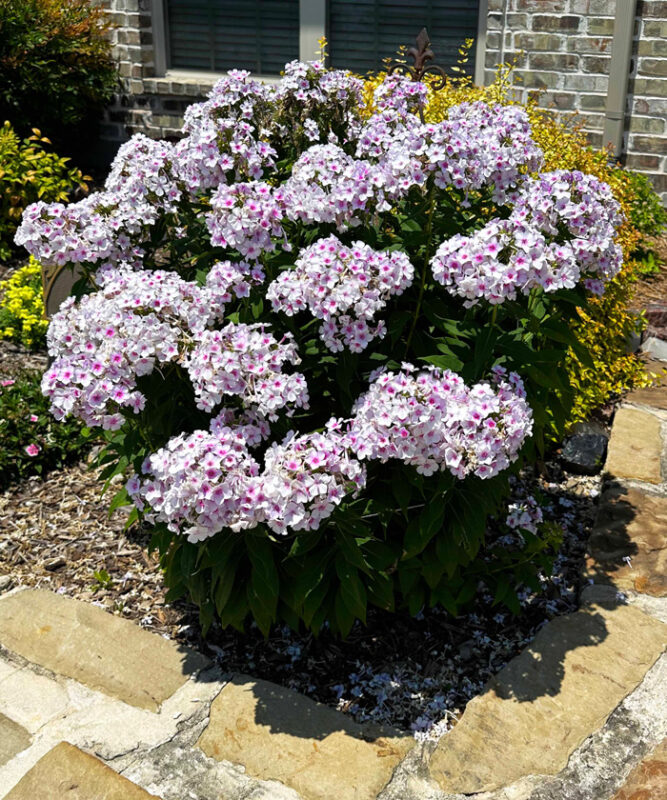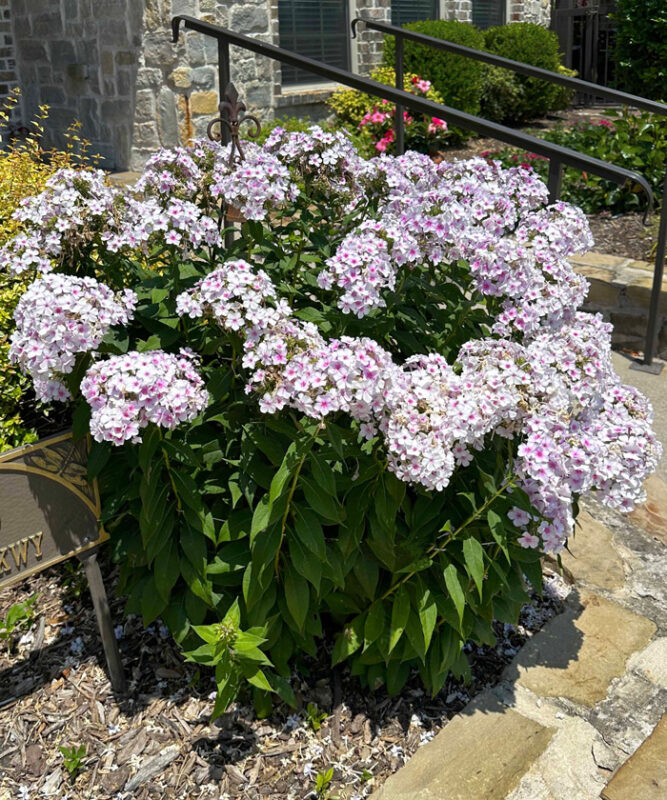‘John Fanick’ Summer Phlox Shines

If you’re from the North, you’re familiar with summer phlox and the glorious tall show they put on in the perennial garden. That’s not surprising, because Phlox paniculata is native to the Northeastern and Eastern United States clear down into East Texas.
But most of those fancy northern types fizzle in the heat of the Southwest. Stir in our humidity in late spring and summer along with an abundance of powdery mildew that coats their leaves, most summer phlox just don’t cope well with Texas.
Then along came Greg Grant back 30-plus years ago with news of a new introduction: a summer phlox that could handle the heat and that laughed off the mildew. Seems he’d found it growing in someone’s backyard where he was working at the time in San Antonio. There it was in the St. Augustine turf. Go figure.
Now, here in Texas there are great horticulturists, and then there’s Greg Grant. He’s up there above all the rest quietly bringing us new plants and helping us re-find old plants or native plants that we’ve been overlooking. Almost Eden Nursery in Merryville, Louisiana, says it best with their entire Web page devoted just to Greg’s plant introductions.
This is one such example of Greg’s findings. After he spotted it in that Bexar County backyard, he grew it and trialed it. Then he built up its numbers until he had enough to put onto the market. Somewhere along the way he decided to name it in honor of his longtime friend, the late John Fanick of Fanick Nursery in San Antonio.
Subsequent to that it was named a Texas Superstar® plant by Texas A&M University. And yesterday, as I was doing my research for this story, I found it listed by the Missouri Botanical Gardens in St. Louis and also by Plant Delights Nursery in North Carolina. Those are both medals of honor for a guy like Greg, but knowing him, he’ll just shrug them off and change the topic.
What you need to know about John Fanick summer phlox…
Here are the simple facts about this popular perennial:
- Clumping perennial.
- Vigorous growth to 24-30 inches tall.
- Cold-hardy to Zone 4, so that means it’s suited to all parts of Texas.
- Blooms mid- to late summer.
- Flowers are pale pink with darker pink/purple eye.
- Flowers are favorites of bees and butterflies.
- Blooms are highly fragrant.
- Does best in highly organic, moist, and well-draining soil.
- Tolerates full sun but does best with afternoon shade since it blooms during hottest part of the summer.
- Seldom bothered by powdery mildew.
- Dig and divide clumps to propagate. This can be done as often as every 2-3 years if the plants are growing vigorously. Late fall is the ideal time to divide it.

(All landscape images were taken earlier this week in Fairview TX by Neil Sperry.)



